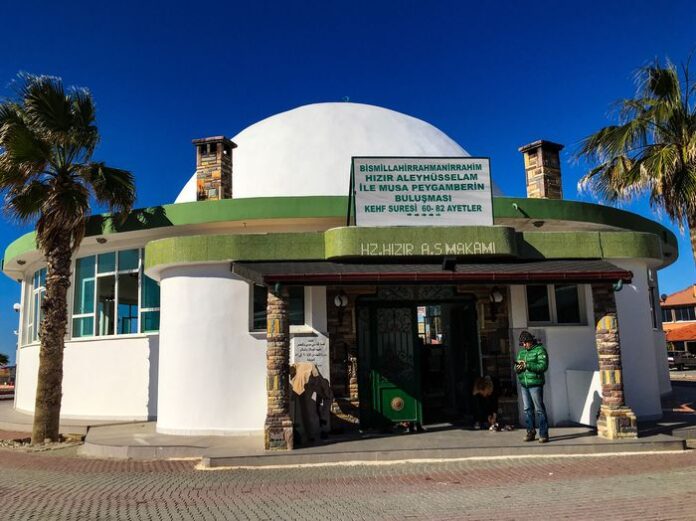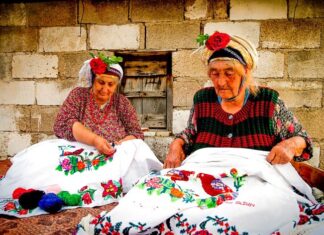It need hardly be said that the literature of the United States is a direct offshoot of that of England. The writings of the early Colonial period differ from the contemporaneous writings of the mother country, when they differ at all, only in subject-matter. It was only natural that the Puritan influence should predominate in New England for a long time after the arrival of the Mayflower in 1620; as a matter of fact, it is still a potent force in American life and art.
American fiction is therefore a late growth. Charles Brockden Brown (1771-1810) is usually regarded as the first novelist, but it was James Fenimore Cooper (1789-1851) and Washington Irving (1783-1859) who, by their genuinely American stories and undoubted talents as writers, first won places for themselves among the readers of the new land.
Nineteenth Century
The earlier years of the Nineteenth Century witnessed the sporadic appearance of such writers as Irving, men who turned their hand to the short-story form and utilized it for the interpretation of what was later termed the American Scene; but not until the advent of Poe can it be properly asserted that the short story came into its own. Poe` stories are probably the most famous as they were certainly the most influential of any written within the past four centuries.
But he had at least one contemporary who was as great an artist as he: Hawthorne, though primarily a novelist, began writing excellent short stories as early as the thirties. Poe` followers—those both directly influenced by him as well as those who were not—were numerous. Among the more important may be mentioned Rose Terry Cooke (1827-1892) and Fitz-James OBrien (1828-1862). Somewhat later several writers of distinction played important roles in the development of the short story: Sarah Orne Jewett, Bret Harte, Henry James, Frank Stockton, H. C. Bunner, William Dean Howells, are only a few of a far larger group that contributed a mass of short-story literature to American letters.
Steadily, from the seventies to the present day, American writers have studied the form, consciously treating it as an artistic medium of expression, with the result that during the past twenty-five to thirty years the American story has been brought to a point of technical perfection which is unsurpassed. The most celebrated of all modern American story-writers was Sydney W. Porter, known as O. Henry, who did more to popularize his craft than any other of his generation.
The whole aspect and the spirit of American literature has changed since the death of O. Henry in 1910. The occasionally inspired “unknowns” of the eighties and nineties, like Bierce and Crane, were discovered and put into vogue during the last few years. But even before that Dreiser had blazed the trail, and when the War came, there was a new “school” ready to turn the short story to their own ends.
With the advent of Anderson and Dreiser (who turned to the short story long after he had begun his career as a novelist), of Willa Cather and a hundred others, the writers of the late Nineteenth Century seemed outmoded. The new writers had, among other things, shown a remarkable talent for exposing the absurdity and complacency of the nationalistic idealism of the Brahmin writers; they were naturalistic on the whole, and they represented a national tendency of thought.
This naturalistic impulse necessarily aroused antagonism among the satirists and the idealists, observable in the stories of James Branch Cabell; but in spite of them the trend of the time is toward the depiction and interpretation of all aspects of contemporary life and thought.








